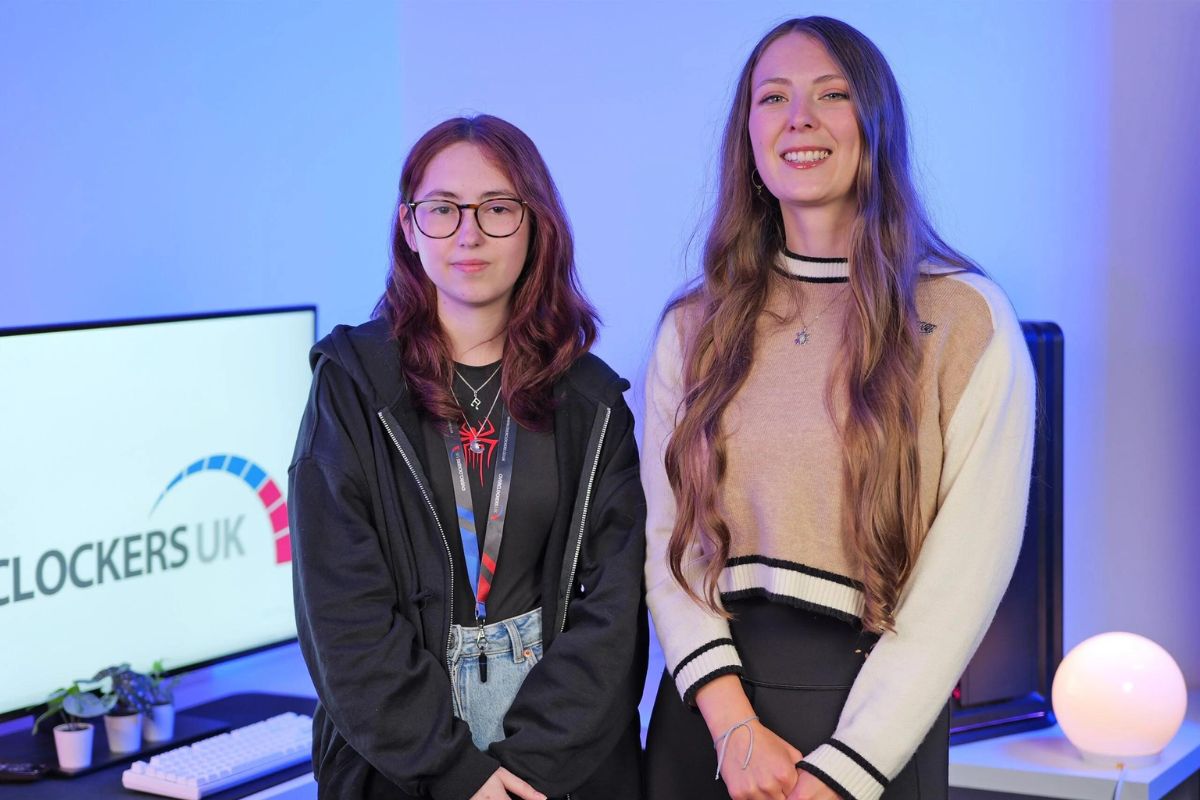How Micro-Credentials Can Conquer the Skills Gap

In this article, Danny King offers insight into how stackable micro-credentials can help employers upskill their teams while steering employees toward their individual career goals.
According to a 2021 study, over 80% of Scottish employees had never heard the term “micro-credential”. And while a surge in skills-based hiring has likely caused that percentage to shrink, for many leaders, the true value of these stackable skill credentials lies shrouded in mystery.
A micro-credential is a single credential representing proficiency in a given skill, typically after a single course. When stacked with other similar credentials, micro-credentials can be accumulated together, roll into more comprehensive badges or certifications, and even help build long-term career pathways.
In 2022, 78% of UK organisations experienced a decline in output, profitability and/or growth due to a lack of available skills, indicating a dire need for deeper investment in skills development. But while corporate training programs abound, the flexibility inherent to micro-credentials makes them especially attractive. Workers can complete courses at a reasonable pace without jeopardising day-to-day work, and with stackable micro-credentials, it becomes easier for leaders to rank individual proficiencies and monitor overall skills growth in the workforce.
In the Learning & Development space, we speak often about “bridging the skills gap.” But no bridge is built without a surefire blueprint. Thus, the key is to help each individual create their distinct plan for career success. By this logic, we aren’t so much “bridging” the gap as we are enabling employees to find their own way across.
I break this process down into four phases of the learning journey:
Choosing the Destination
When choosing to pursue a micro-credential on their own, rather than under a company mandate, learners typically have two goals to consider: personal goals and organisational goals. The former is self-explanatory: They take courses related to their individual career goals, and if they’re outside the domain of their current position, they may have to fund them themselves. The latter, however, is where we’re going to focus. Organisational learning goals may be related to a role one wants in the company – i.e. “I want to learn SEO so I can create better company blog content and improve our lead generation” – or, they could be part of a larger effort to upskill the workforce in a diversity of ways.
To this end, corporate L&D programs should employ micro-credentials to allow employees to pursue both personal and organisational goals at the same time. This can happen through a subscription to a learning platform that gives employees access to vast catalogue of micro-credentialed courses, or a learning stipend that empowers workers to pursue courses outside of their assigned training modules. In order to optimise costs and save time, organisations should do their diligence to identify overlaps between employees’ personal learning interests and the needs of the company. Employers can conduct surveys and solicit feedback from managers about not only employees’ current skill levels and performance, but also their interests and goals.
Most importantly, before anyone sets out on their next learning journey, organisations must ensure that the micro-credentials they provide, whether through a third party or internally, are secure and verifiable, so employees get the premium value out of their experience. They should choose micro-credentials that offer a digital badge or certificate as immutable proof of a learner’s accomplishments. This will prove useful to both internal teams and as a means of external marketing of your skilled workforce.
Setting Course
When employees and organisations have their goals in harmony, the next step is to determine what courses these intrepid learners must take to reach these goals.
Stackable micro-credentials are ideal for targeted goal-setting because they allow certifications to be earned piecemeal and at different levels. For example, a junior employee may only need to take one course to receive the appropriate level of proficiency in a skill for their position, where a senior employee may require two or three courses. This allows for companies to conquer the skills gap without squandering time, while also allowing high-flyers the opportunity to prove they’re ready to advance by pursuing higher-level micro-credentials.
These credentials also allow employees to gain a foothold in multiple new skills in succession. Employees can build personalised arsenals of skills that play to their strengths, or else, patch up their weaknesses to improve productivity. This is why communication between L&D teams and managers is so important; building a pathway to skill growth must be individualised to ensure engagement.
Taking Flight
As employees undertake these skills development courses, leaders and managers should keep an eye on progress and be ready to support where needed. The process shouldn’t feel like homework, unless your employees happen to miss the rigid deadlines and mark system of university (they probably don’t). However, building a system of accountability is important to ensuring learners are progressing towards skill proficiency.
Learners should also understand the full extent of what they’re earning from their micro-credentials. An effective digital credential will allow employees to showcase the breadth of their achievements within the course, as well as the opportunities it can afford. Leaders should pay attention to credential metadata, which includes not only coursework completed and skills attained, but also what salary ranges and positions learners can secure with those skills. These are helpful to employers for internal training as well, as success in a given course can help determine when an employee may be ready for a promotion.
Pivoting When Goals Change
Business and personal goals are always subject to change. A business can pivot its strategy, and perhaps more commonly, a person can pivot their career interests. There is also the shifting of the larger market, which has long made the skills gap so difficult to overcome.
As digital transformation continues to sweep the world, specialisation will be at the forefront of skills development. Basic requirements of jobs are being automated, forcing employees to find unique niches to solidify their value to a company. At the same time, companies are rapidly demanding proficiency in the emerging technologies that are transforming the workplace, such as generative AI.
Fortunately, with a basis of micro-credentials, workers can gain niche qualifications more quickly, while also developing skills that can be utilised across positions, companies, and even industries. When employees already have a solid foundation in a skill, they can more easily pivot to similar skills/platforms when that’s what the business requires.
In today’s fast-moving world, the “skills gap” is something that is constantly changing shape, as new needs arise to match the demand of the day. As a result, employers and companies both need to be nimble when it comes to skills development. Stackable micro-credentials empower workers to learn at their own pace and change paths when they must, so they can keep up with changes in their industry while advancing towards their dreams.
By Danny King, CEO of Accredible
FE News on the go…
Welcome to FE News on the go, the podcast that delivers exclusive articles from the world of further education straight to your ears.
We are experimenting with Artificial Intelligence to make our exclusive articles even more accessible while also automating the process for our team of project managers.
In each episode, our thought leaders and sector influencers will delve into the most pressing issues facing the FE sector, offering their insights and analysis on the latest news, trends, and developments.











Responses